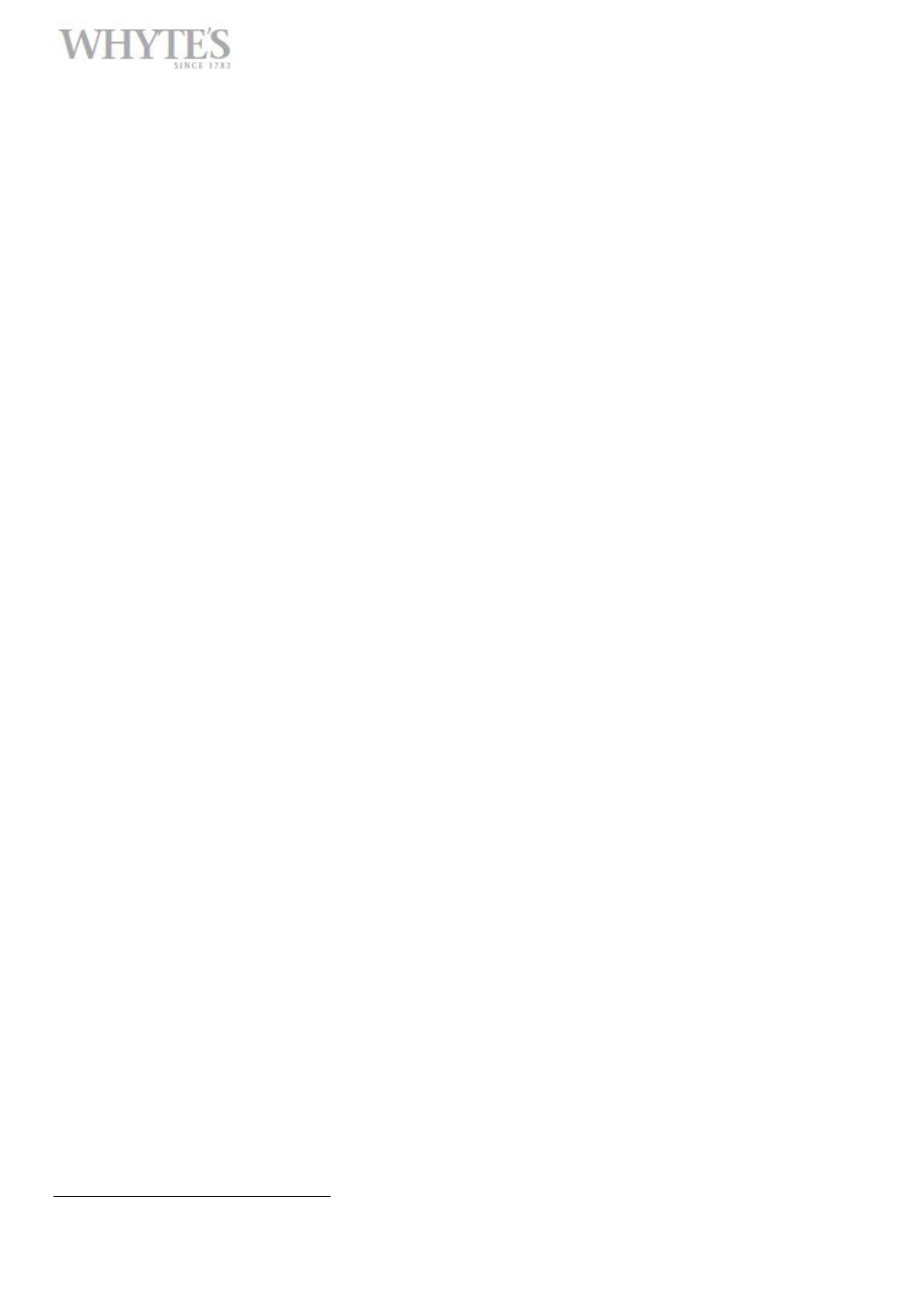

66
Gerard Dillon (1916-1971)
THE PAST IN THE PRESENT
oil on board
with original inscribed label and James Bourlet & Sons label on reverse; also with Nicholas Gallery [Belfast] label on
reverse
20 x 24in. (50.80 x 60.96cm)
Provenance: Private collection, USA;De Veres, 21 November 2000, lot 392;Private collection;De Veres, 21 November 2007,
lot 30;Private collection
The Past in the Present unites two of Gerard Dillon’s primary sources of inspiration: the landscape of the west of
Ireland and Irish medieval carving. In several paintings including West of Ireland Landscape (NGI) Dillon uses the panel
structure that he admired on high crosses and divides the image up into sections bordered by stone walls. In The Past
in the Present this device is adapted so that a western landscape is framed by a doorway surrounded by seven painted
panels. Each panel gives the illusion of being carved stone and together the effect is reminiscent of a sculpted tomb or
sarcophagus.
The largest panel depicts two monk-like figures in robes who have shaved heads and curled moustaches. The smaller
panels are occupied by animals and figures including a cat, snake, birds and two praying figures. Dillon enjoyed
recycling motifs and similar animals and monks appear in works including Fast Day, (Drogheda Municipal Art Collection).
Some of the monks resemble Dillon himself and can be considered playful self-portraits. The inspiration for many of
these animals and figures can be traced to the Irish medieval carvings that Dillon saw in the Boyne Valley.
Writing from London in 1949 to the Belfast curator John Hewitt, Dillon discussed being inspired by the carvings at
Monasterboice:
“When I was in Monasterboice I was carried away by the old carving on the Celtic Crosses. I loved the wee men’s big
walrus moustaches. They all looked like bowlegged Douglas Hydes. I’m now working on a panel idea. It’s great fun
dividing up the canvas in to sections and trying to make each section a complete thing yet holding it all together.” (1)
Dillon studied Irish medieval carving while staying in Drogheda with his friend Nano Reid. Together the two artists
explored the local medieval and prehistoric sites, painting and sketching what they saw. Some of the images that Dillon
used can be directly traced to specific carvings such as the cat which appears at the base of Muiredach’s Cross (900-
923AD). However, he also juxtaposed motifs from different monuments and created his own versions.
As Niamh NicGhabhann has pointed out, the sculpted fragments that Dillon painted in his works are ‘survivors of a past
age, the past existing in the present’ (2). In The Past in the Present these references to Irish history are juxtaposed with a
western landscape inhabited by two women wearing traditional woollen shawls and red petticoats. This image of local
people in the landscape is familiar from Dillon’s paintings of Connemara.
Born in 1916, into a Nationalist family in Belfast, Dillon left school at 14 and later moved to London to work as painter
decorator. Inspired by Seán Keating’s illustrations for Playboy of the Western World, he first visited Connemara in 1939.
While other Irish artists such as Paul Henry celebrated the landscape of the west, Dillon focused on the people and their
way of life.
€25,000-€35,000 (£18380-£25730 approx. approx.)
Large Image & Place Bid Lot 66IRISH & INTERNATIONAL ART · 28 SEPTEMBER 2015



















